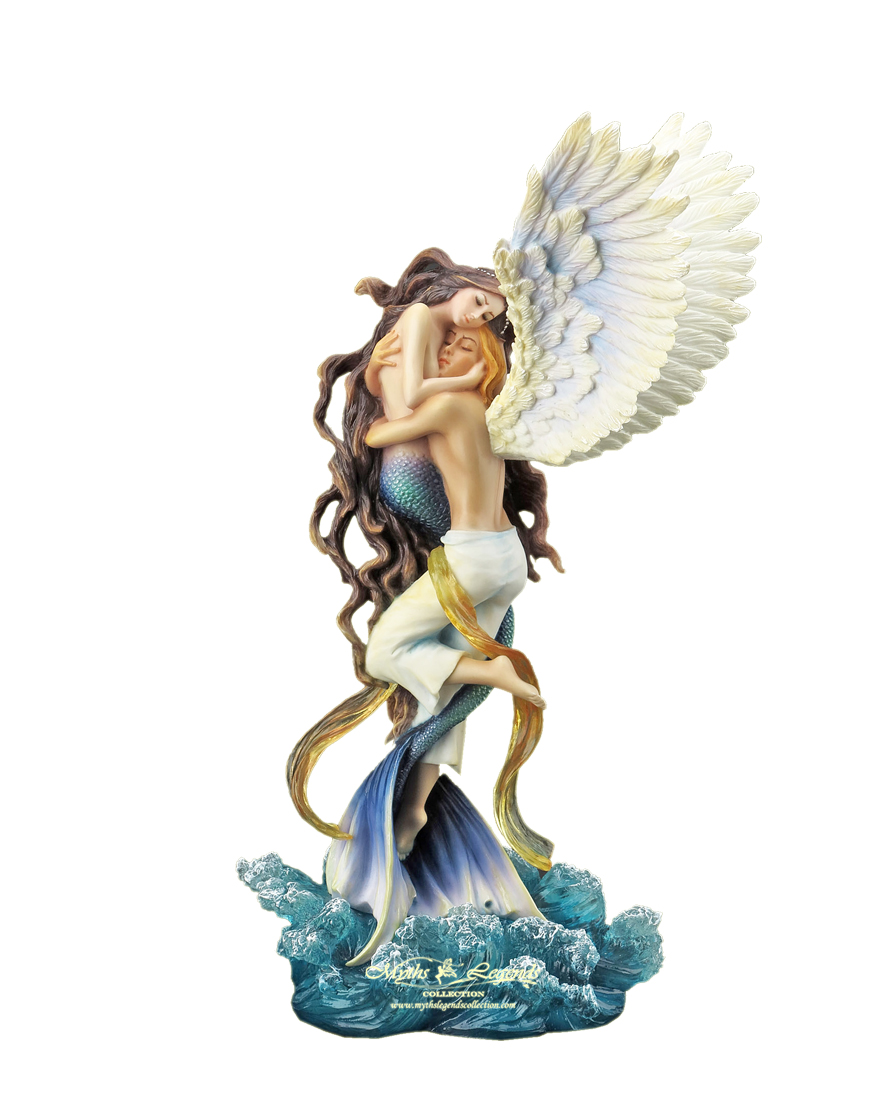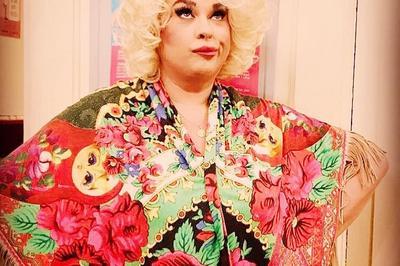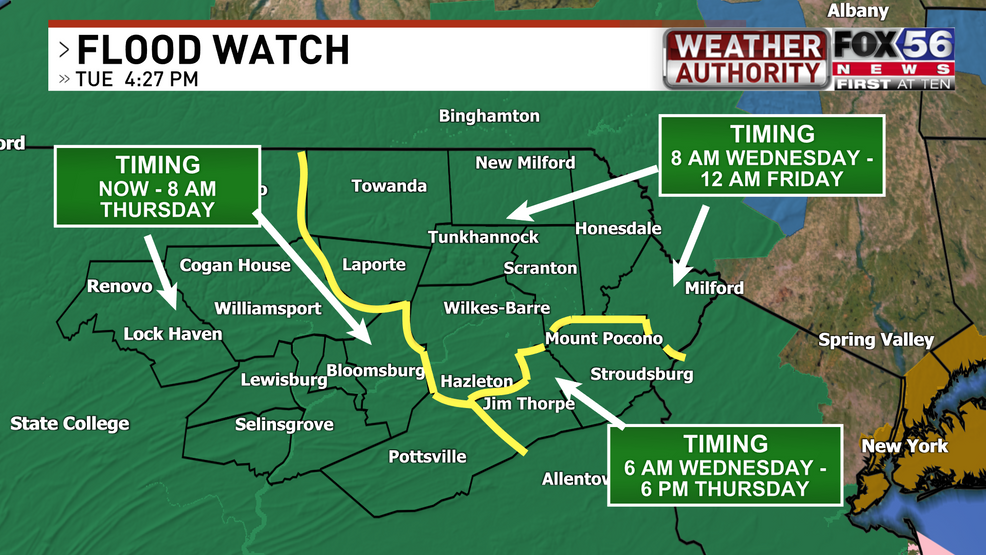The Hells Angels: Myths And Realities

Table of Contents
The History of the Hells Angels: From Post-War Roots to Global Presence
The Hells Angels Motorcycle Club's origins trace back to the post-World War II era in California. Founded in 1948, the club emerged from a context of returning veterans, a burgeoning biker subculture, and a sense of disillusionment with societal norms. The early years were marked by a looser structure and a focus on camaraderie and motorcycle riding, but the club's evolution quickly led to a more formalized organization.
- Early Years and Growth: The club's initial members established a foundation that would shape its future trajectory. Early activities centered around motorcycle rallies and runs, but the club's structure and activities grew increasingly complex.
- Expansion and International Chapters: Over the decades, the Hells Angels expanded significantly, establishing chapters across the United States and internationally. This expansion brought about new challenges, internal conflicts, and varying levels of involvement in criminal activities across different chapters.
- Internal Conflicts and Factions: The Hells Angels, despite their image of unified brotherhood, have experienced internal conflicts and power struggles throughout their history, leading to the formation of various factions and rivalries.
Understanding the Hells Angels' history is crucial to comprehending their current structure and activities. Their evolution from a loose collection of motorcycle enthusiasts to a globally recognized outlaw motorcycle gang is a complex story filled with both rebellion and criminal enterprise.
The Hells Angels and Criminal Activity: Fact vs. Fiction
The Hells Angels have a long and well-documented history of involvement in criminal activities. This involvement, however, is not uniform across all chapters or members. While some chapters have been implicated in serious crimes, including drug trafficking, violence, and racketeering, it's crucial to avoid generalizations.
- Documented Criminal Activities: Law enforcement agencies worldwide have consistently linked certain Hells Angels chapters to various illicit activities. These activities range from relatively minor offenses to large-scale organized crime operations.
- Legal Battles and Conflicts with Law Enforcement: The Hells Angels have been engaged in numerous legal battles with law enforcement agencies globally. These battles have played a significant role in shaping public perception and contributing to the club's outlaw image.
- Individual vs. Collective Responsibility: It's crucial to differentiate between the criminal activities of individual members and the overall responsibility of the club as a whole. While the club's structure and culture may contribute to criminal behavior, not all members are directly involved in illegal activities.
The reality is far more nuanced than the simplistic portrayal often found in popular media. While criminal activity is undeniably a significant part of the Hells Angels' history, it's vital to examine the issue with a critical eye, separating individual actions from collective responsibility.
The Hells Angels Subculture: Brotherhood, Symbolism, and Identity
Beyond the criminal activity, the Hells Angels possess a distinct subculture characterized by strong bonds of brotherhood, intricate symbolism, and a unique identity. This subculture plays a vital role in shaping the club's internal dynamics and public image.
- Brotherhood and Loyalty: The Hells Angels are known for their strong emphasis on brotherhood and loyalty within the club. This sense of community fosters a powerful sense of belonging and solidarity among members.
- Symbolism and Tattoos: The club's iconic symbols, colors (primarily red and white), and elaborate tattoos are significant markers of identity and membership. These symbols carry deep meaning within the club's culture and serve to reinforce group identity.
- Rituals and Initiation: The initiation process and various rituals within the Hells Angels contribute to the creation of a strong sense of group cohesion and shared identity. These rites of passage reinforce the hierarchical structure and cultural norms of the club.
Understanding the Hells Angels' subculture sheds light on the motivations and behaviors of its members. This internal world, while often opaque to outsiders, is a key element in understanding the club's enduring appeal and resilience.
The Hells Angels in Popular Culture: Myths, Stereotypes, and Media Representation
The Hells Angels have been frequently portrayed in movies, television shows, books, and documentaries, often reinforcing existing stereotypes and myths surrounding the club. This media representation plays a significant role in shaping public perception and understanding of the group.
- Hollywood Portrayals and Stereotypes: Hollywood has often depicted the Hells Angels as ruthless criminals, perpetuating a simplified and often inaccurate portrayal of the club and its members.
- Media Bias and Public Perception: Media coverage, whether accurate or biased, significantly influences public opinion. The focus on sensationalized stories of violence and criminal activity can overshadow the more nuanced aspects of the Hells Angels' culture and history.
- Separating Fact from Fiction in Media: Critical analysis of media representations is essential for developing a balanced understanding of the Hells Angels. It's crucial to discern between factual accounts and sensationalized narratives.
Conclusion
The Hells Angels Motorcycle Club is a complex organization with a long and controversial history. While undoubtedly linked to criminal activities in certain instances, the club also possesses a rich subculture and internal structure that goes beyond simple criminality. Understanding the Hells Angels requires separating fact from the numerous myths and stereotypes that have been perpetuated through popular culture and media representations. Their history, involvement in crime, unique subculture, and portrayal in the media all contribute to a multifaceted reality that transcends easy categorization.
Want to learn more about the intricate history and multifaceted realities of the Hells Angels? Continue your research and delve deeper into the many books, documentaries, and academic studies dedicated to understanding this iconic, yet controversial, motorcycle club. Explore the nuances of the Hells Angels, separating the myths from the realities to form your own informed opinion.

Featured Posts
-
 Zize Spectacle Transformiste Marseillais A Graveson Le 4 Avril
May 25, 2025
Zize Spectacle Transformiste Marseillais A Graveson Le 4 Avril
May 25, 2025 -
 El Elegante Lino Otonal Segun Charlene De Monaco
May 25, 2025
El Elegante Lino Otonal Segun Charlene De Monaco
May 25, 2025 -
 Manny Garcias Lego Workshop At Veterans Memorial Elementary School Photos
May 25, 2025
Manny Garcias Lego Workshop At Veterans Memorial Elementary School Photos
May 25, 2025 -
 Slowing Growth Forces Sse To Cut Spending By 3 Billion
May 25, 2025
Slowing Growth Forces Sse To Cut Spending By 3 Billion
May 25, 2025 -
 Southeast Pa Coastal Flood Advisory Issued For Wednesday
May 25, 2025
Southeast Pa Coastal Flood Advisory Issued For Wednesday
May 25, 2025
Latest Posts
-
 E3 Saxo Classic Spectator Who Spat At Van Der Poel To Pay 300 Fine
May 26, 2025
E3 Saxo Classic Spectator Who Spat At Van Der Poel To Pay 300 Fine
May 26, 2025 -
 Tour Of Flanders 2024 Pogacars Solo Triumph Over Van Der Poel
May 26, 2025
Tour Of Flanders 2024 Pogacars Solo Triumph Over Van Der Poel
May 26, 2025 -
 Pogacar Denies Van Der Poel Record Breaking Win At Tour Of Flanders
May 26, 2025
Pogacar Denies Van Der Poel Record Breaking Win At Tour Of Flanders
May 26, 2025 -
 Tadej Pogacars Stunning Ride Second Tour Of Flanders Victory
May 26, 2025
Tadej Pogacars Stunning Ride Second Tour Of Flanders Victory
May 26, 2025 -
 Paris Roubaix 2024 Van Der Poel Completes Unprecedented Hat Trick
May 26, 2025
Paris Roubaix 2024 Van Der Poel Completes Unprecedented Hat Trick
May 26, 2025
